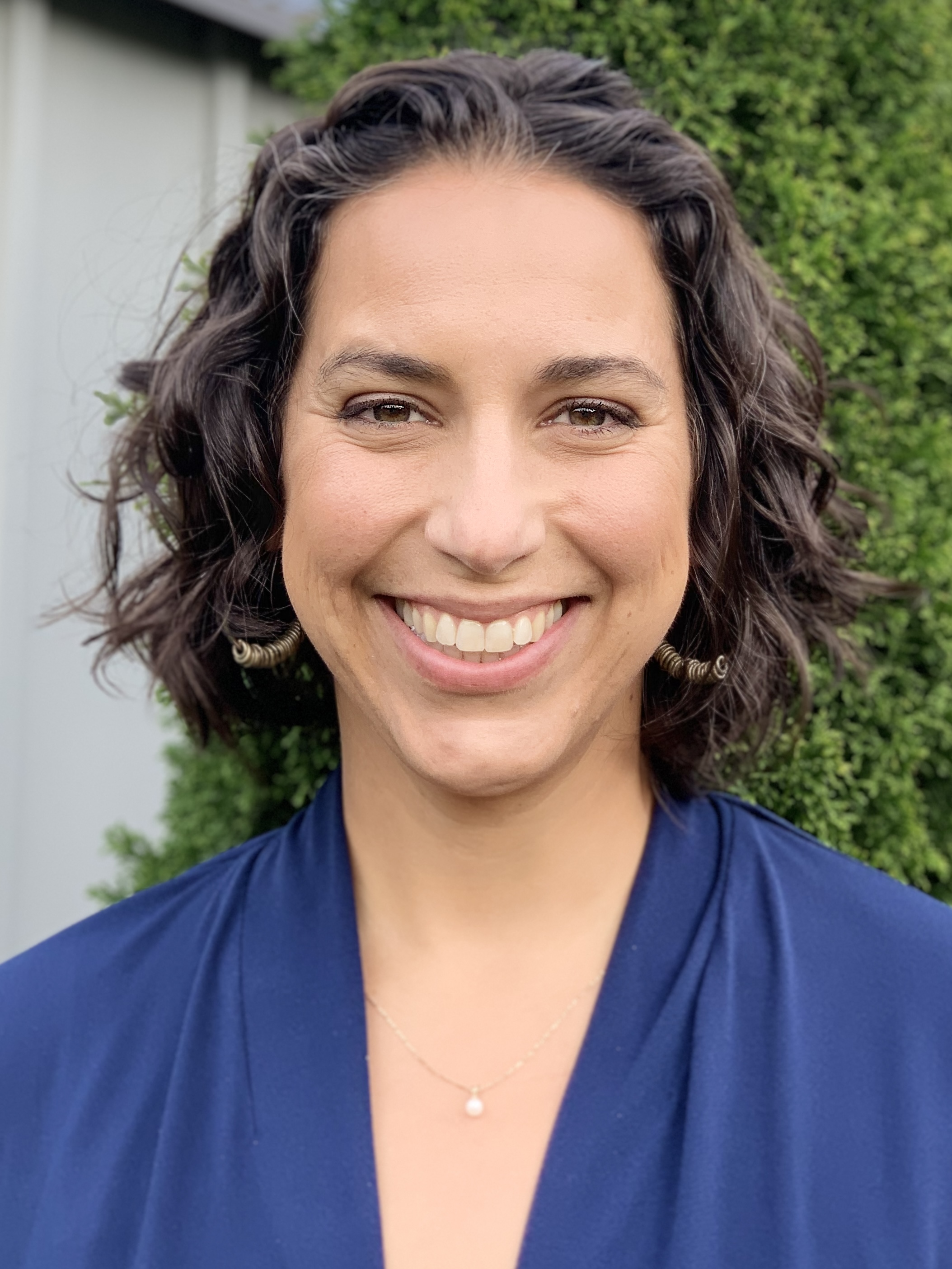- Home
- About Us
- The Team / Contact Us
- Books and Resources
- Privacy Policy
- Nonprofit Employer of Choice Award

 Recently, I’ve been reflecting on our sector, inspired by the recent CAGP masterclass which I taught with the amazing fundraising professional and death doula, Liz Finney. Specifically, I’ve been wondering if we can revolutionize how we respond to death and dying.
Recently, I’ve been reflecting on our sector, inspired by the recent CAGP masterclass which I taught with the amazing fundraising professional and death doula, Liz Finney. Specifically, I’ve been wondering if we can revolutionize how we respond to death and dying.
The idea of being “death positive” in fundraising is one that I hope we can work toward. Death positivity is about serving our missions with a sightline to how we touch upon the topic of death. It is about being more intentional to move the needle on how society speaks about an event that has a 100% guarantee to affect every single one of us. I personally believe that we also owe it to ourselves to embrace the inevitability of the end of life.
My passion for death education is drawn from a few different personal experiences. These include: a childhood moment of panic when I realized that I – and everyone I loved – would die, the deaths of my grandparents, the Thanatology courses in my undergraduate years, a formative volunteer role in palliative care, my own battle with chronic illness and near-death encounter, and my training to become an end-of-life doula. Through each of these experiences I have gained a sense of peace with my own mortality, but I have also felt a surge of frustration: dying is part of the human experience…we should be better at this.
I have some ideas of how we can get there but some of my suggestions may rock the boat. If something in this list feels foreign or less comfortable, feel free to interpret it as a conversation-starter or as something to contemplate. On the other hand, I would also challenge you to think through why something is bringing discomfort, and maybe lean into that feeling a bit.
Death isn’t comfortable but as a people-serving sector, we can help society see that it is a natural part of life. Death is not a morose topic or something to be ignored or feared.
Welcome to the revolution.
1) Say death/die/died
For starters, does your organization rely on euphemisms to speak about death? Do your memorial notices, legacy pages, or condolence cards use phrases like passed away? Do you use other words as a way of “softening” the term death? Start small and edit yourself in one email message. Grow from there.
2) Ask people about their person
This is a lesson I learned from some generous individuals in our sector: If you have a donor, peer or colleague who has experienced a death in their life, ask them about their person. Provide the opportunity for them to share some memories and speak about their person’s legacy. You won’t make them sad – the grief is always with them – and you’ll bear witness to their person’s life.
3) Learn what not to say
There are a lot of “do nots” that I could list, but here are a few of the biggies. Please avoid the following:
4) Fix your database
Deal with the shortfalls of your organization’s CRM and create practices that humanize and authentically empathize with those experiencing grief. When someone dies, make the necessary changes to the donor record. Ensure letters and notifications that go out to next of kin are personalized and adequately express condolences. Acknowledge a donor’s friendship to your organization; if they were special to you, tell their loved ones.
5) Do your work
Get comfortable with the topic by considering the options for your own end of life. Draft your will (leave a legacy gift!), think about your powers of attorney for health and wealth, have conversations with your loved ones to share your preferences, write your obituary, and think through body disposition (there is so much more than cremation and burial)! Above all, practice living intentionally – on purpose.
6) Lengthen bereavement leave
People are our greatest resource in fundraising. We are, after all, in the business of relationships. Staff cannot be expected to be completely “back to normal” if a person in their sphere has died. Their entire world has changed, and if we want to hang on to our best employees, we need to embody a flexible compassion. Yes; the funds need to be raised, the social purpose of our organization needs to be fulfilled. BUT, that purpose is best achieved when we are serving both our donors and our employees. Death is something that will touch us all so if you’re in a position where you are able, challenge the typical three-day bereavement leave policy.
7) Keep the revolution going
Call out things you think need to change to help bring about more death positivity and grief acceptance within the non-profit sector, and society at large. Attend a local Death Café or chat over coffee with peers who work at your local hospice. Reach out to those of us who are passionate about this conversation (shout out to Liz and Leigh Naturkach!) and use hashtag #GriefRevolution on social channels and add to this list.
Janice L. St-Denis, CFRE, is a passionate relationship fundraiser with almost 20 years of experience working in major gift fundraising and gift planning. Janice has worked with The Arthritis Society, Médecins Sans Frontières (MSF) and has been at McMaster University for nearly twelve years. She is also completing her end-of-life doula training and is a seasoned death educator who feels strongly about the need for open conversations about death and grief. Follow Janice on twitter (@jlstdenis), visit her blog, or connect via LinkedIn.